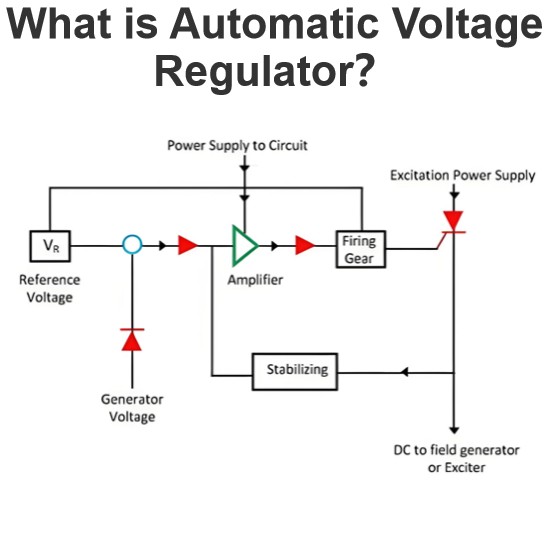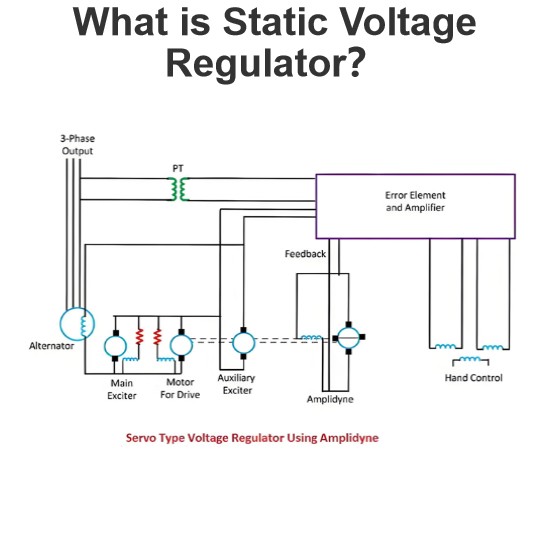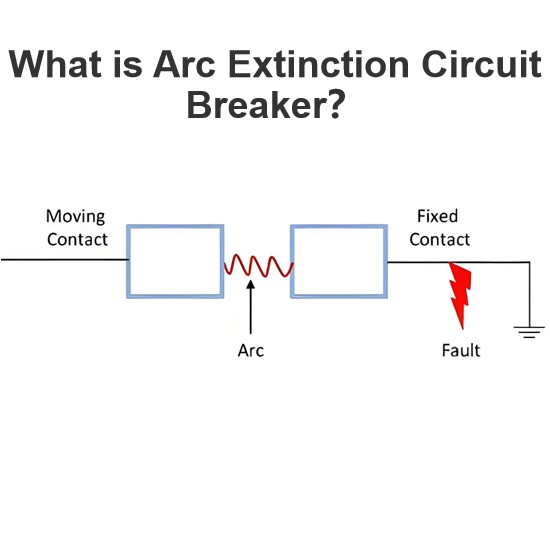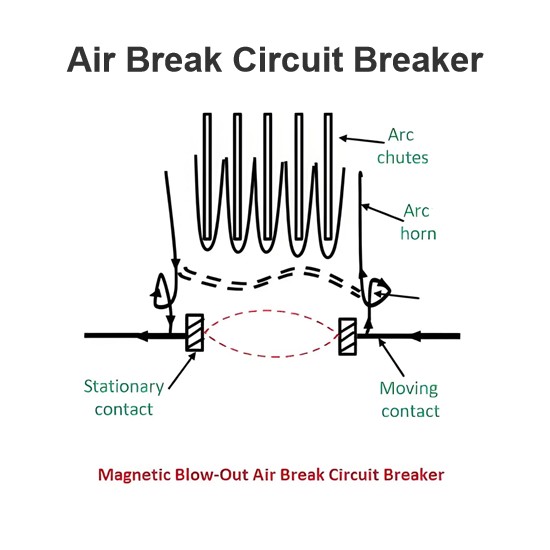Why is the Ground Wire Size Smaller than the Hot Wire?
Ground Wire Sizing Considerations
The size of a ground wire does not necessarily have to match that of the power (phase or hot) wire. However, its dimensions must strictly adhere to the regulations outlined in electrical codes, such as the National Electrical Code (NEC) in the United States. Several key factors influence the appropriate sizing of ground wires:
While it is not a common occurrence, in situations involving long wire runs or circuits where minimizing impedance is crucial, the ground wire may need to be increased in size. This is because a longer ground wire can experience a significant voltage drop, which in turn increases the resistance of the grounding path. To mitigate this issue and ensure the safety and reliability of the electrical system, the ground wire may be sized to match the phase conductor.
In specific electrical installations, engineers may opt to make the ground wire the same size as the phase wire as an additional safety measure. This practice is particularly prevalent in critical systems where electrical failures could have severe consequences, or in areas where local electrical codes impose more stringent requirements. By using a larger - sized ground wire, the system can better handle fault currents, reducing the risk of electrical shock and equipment damage.
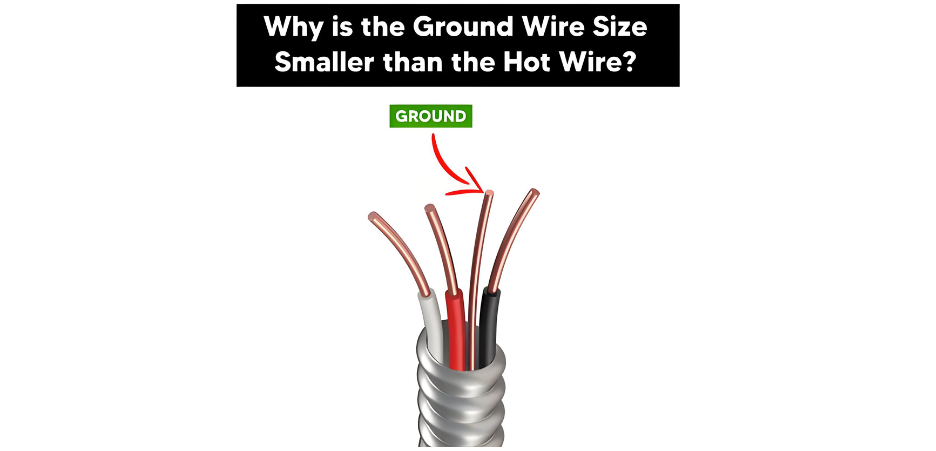
Understanding Ground Wire Sizing in Electrical Circuits
When the Ground Wire is Smaller than the Power Wire
In many electrical circuits, the ground (or grounding) wire is typically smaller in gauge compared to the phase (hot) and neutral wires, and this design choice is based on several key factors:
Function of Each Wire Type
Phase Wire: This wire is responsible for carrying the full load current during normal circuit operation. It supplies electrical power to connected devices and appliances.
Neutral Wire: It serves as the return path for the current, carrying the same amount of current as the phase wire back to the power source.
Ground Wire: Its primary role is to provide a safe pathway for fault currents, such as those generated during short circuits or electrical leakage. By diverting these abnormal currents, it safeguards equipment and protects personnel from electrical shock. Crucially, the ground wire is not involved in the normal current - carrying operation of the circuit.
Current - Carrying Requirements
Since the ground wire only conducts current during fault conditions, it does not need to handle continuous load currents like the phase wire. Fault currents usually flow for a very brief duration, typically only until an overcurrent protection device, such as a circuit breaker or fuse, trips to interrupt the circuit. As a result, the ground wire can be sized to withstand these short - lived surges without overheating. Its design allows it to carry fault currents just long enough for protective devices to disconnect the circuit, and the short fault duration minimizes the risk of significant heat buildup. This enables the use of a smaller - gauge wire, reducing costs and material usage while still meeting essential safety and performance standards. Oversizing the ground wire would incur unnecessary expenses without offering substantial additional safety benefits.
Voltage Drop Considerations
Voltage drop is not a major concern in the design of ground wires because they do not carry current continuously. Additionally, ground wires are often installed in relatively short lengths. This short length allows fault currents to be quickly conducted to the ground, triggering the breaker to trip without causing the wire to overheat. Consequently, a smaller - sized ground wire can be used without compromising the circuit's performance.
Code - Based Sizing Standards
National Electrical Code (NEC): The NEC provides detailed guidelines in Table 250.122 that specify the minimum size of the equipment grounding conductor (EGC). These requirements are based on the rating of the overcurrent protection device, such as a circuit breaker or fuse, that safeguards the circuit.
International Electrotechnical Commission (IEC): Similar to the NEC, IEC standards define the minimum size of grounding conductors. However, IEC guidelines typically consider factors such as the size of the phase conductors and the maximum expected fault current. These codes ensure that ground wires are appropriately sized - neither too small, which could lead to failure during faults, nor overly large, which would be wasteful.
Practical Examples
For a circuit protected by a 15 - amp breaker, the hot wire is typically #12 AWG, and the ground wire must be at least #14 AWG copper.
With a 20 - amp breaker, the hot wire is 10 AWG, and the ground wire should be at least #12 AWG copper.
In the case of a 50 - amp breaker, the hot wire is # 6 AWG, and the minimum size for the ground wire is 10 AWG copper.
For a 100 - amp breaker and panel, where the service cable is #4 AWG, the ground wire must be at least #8 AWG copper.
For a 200 - amp service, the hot wires are at least #3/0 AWG, and the ground wire should be # 4 AWG.
Circuits with very large breakers, such as those rated at 600 amps, require ground wires sized proportionally to handle the potential fault currents.
While the ground wire is smaller than the phase wire in most cases, there are exceptions.
When the Ground Wire Matches the Power Wire Size
There are specific scenarios where the ground wire must be the same size as the power wire:
Bonding Conductors
When ground wires are used for bonding purposes, such as connecting the metal parts of electrical equipment to the grounding system, they may need to be the same size as the power wire. This ensures that they can effectively carry fault currents and maintain the integrity of the bonding connection, providing reliable protection against electrical hazards.
Large - Gauge Conductors
For circuits that utilize large - gauge conductors (e.g., 3/0 AWG or larger), the NEC mandates proportionally larger ground wires. This is to ensure that the grounding system can handle the high fault currents associated with large - capacity circuits and maintain the safety of the electrical installation.
Special Equipment Applications
Certain types of sensitive or high - capacity equipment, such as photovoltaic (PV) installations, may require ground wires sized to match the phase wires. This sizing is necessary to ensure efficient fault current flow and to minimize impedance, thereby enhancing the overall safety and performance of the equipment and the electrical system.
The Implications of Incorrect Ground Wire Sizing
The ground wire in an electrical system doesn't always match the size of the hot or neutral wires; it can be either slightly larger or smaller. When it comes to using a larger ground wire, while it poses no risk to the electrical system, it does come with increased costs due to the additional material required. In situations where extra length is needed, a junction box can be used to extend the wire without compromising the integrity of the grounding system.
In fact, a larger ground wire offers several advantages and can be particularly beneficial in certain scenarios. With their lower resistance, larger wires effectively reduce voltage drop, ensuring a more stable electrical connection. This becomes especially crucial in systems that demand higher current - carrying capacities. By minimizing voltage loss, a larger ground wire helps maintain consistent electrical performance, enhancing the reliability and safety of the overall system.
Conversely, using a ground wire that is too small can lead to serious problems. Smaller wires have higher electrical resistance, which can interfere with the proper functioning of a circuit breaker's magnetic trip mechanism. This interference means that the breaker may not trip as quickly as it should in the event of a fault, allowing potentially dangerous levels of current to flow through the system. Moreover, smaller ground wires may not be able to handle excessive fault currents, leading to overheating. In extreme cases, this overheating can cause the wire to melt, creating a significant fire hazard and putting both property and lives at risk.
To ensure the safety and optimal performance of an electrical system, it is essential to use a ground wire of the appropriate size. For instance, in a standard 100 - amp service with a 150 - foot run, an 8 AWG (American Wire Gauge) ground wire is typically recommended. Adhering to these sizing guidelines helps safeguard against electrical hazards and ensures that the grounding system functions effectively, providing reliable protection in the event of a fault.
The Electricity Encyclopedia is dedicated to accelerating the dissemination and application of electricity knowledge and adding impetus to the development and innovation of the electricity industry.
